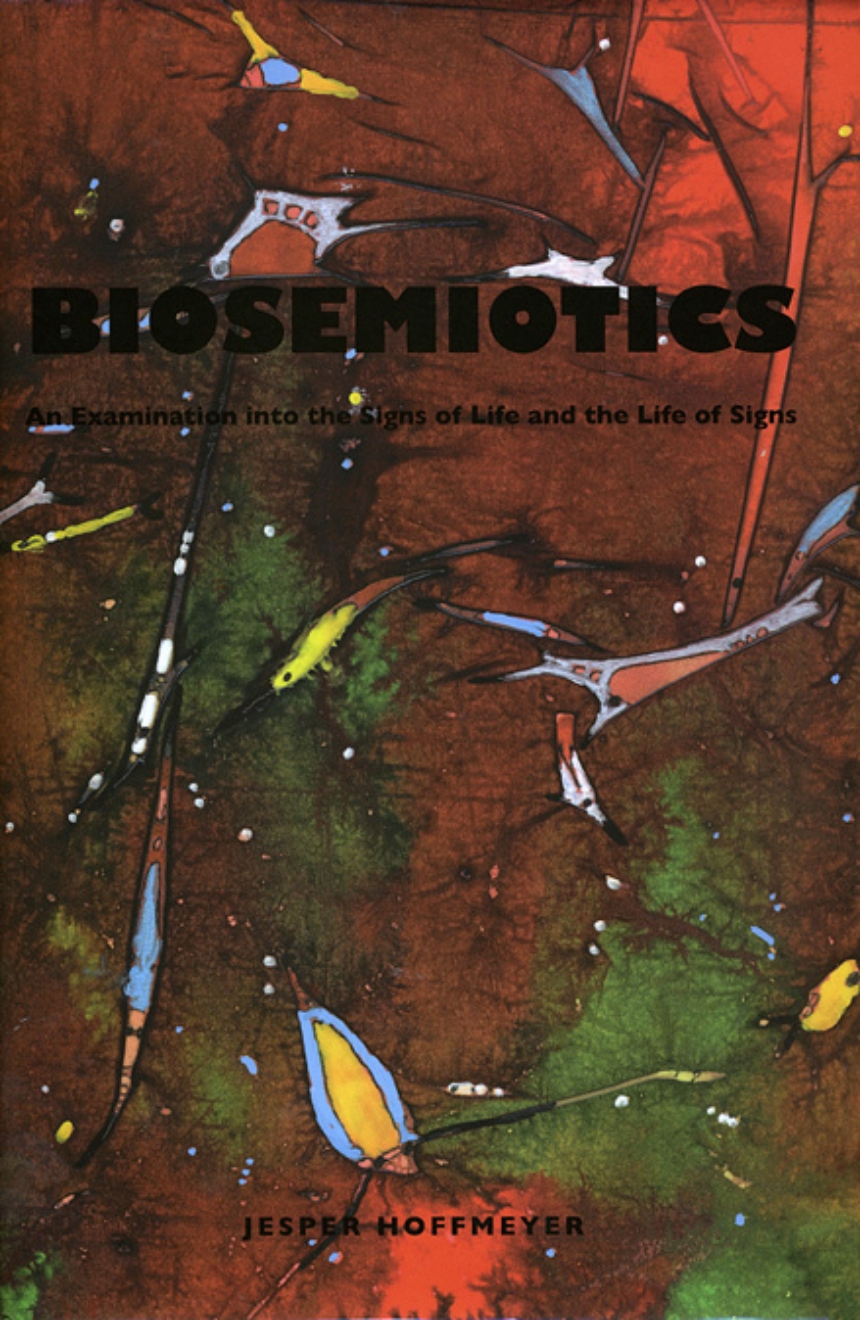Biosemiotics
An Examination into the Signs of Life and the Life of Signs
9781589661844
Distributed for University of Scranton Press
Biosemiotics
An Examination into the Signs of Life and the Life of Signs
Recent debates surrounding the teaching of biology divide participants into three camps based on how they explain the appearance of the human race: evolution, creationism, or intelligent design. Biosemiotics discovers an intriguing higher ground respecting those opposing theories by arguing that questions of meaning and experiential life can be integrated into the scientific study of nature. This groundbreaking book shows how the linguistic powers of humans imply that consciousness emerges in the evolutionary process and that life is based on sign action, not just molecular interaction. Biosemiotics will be essential reading for anyone interested in the nexus of linguistic possibility and biological reality.
Table of Contents
Preface
Caveats
The Structure of This Book
Part I: The Biosemiotic Approach
1 On Biosemiotics
1.1 An Overview
1.2 Not Reductionist
1.3 Not Disguised Vitalism
1.4 Specious Metaphysics?
2 Surfaces within Surfaces
2.1 Biological Membranes
2.2 The Semiotics of a Slap
2.3 The Self
2.4 The Lipid Bilayer
2.5 The Creation of Life
3 Sign and Cause
3.1 Final Causes
3.2 Relevance of the Second Law of Thermodynamics
3.3 Final Causes in Biology: Utricularia floridiana
3.4 The Functionalist Idea in Biology
3.5 The Central Dogma
3.6 Semiosis and Finality
3.7 Firstness, Secondness, and Thirdness
Part 2: The Semiotics of Nature
4 Code-Duality
4.1 Weismannism
4.2 Life as a Dead End
4.3 Gene Selectionism
4.4 Digitalism
4.5 Code-Duality
4.6 Digital Codes
4.7 Analog Codes
4.8 The Epistemic Cut
4.9 Replicators and Interactors
4.10 Organisms
4.11 The Analog Coding of Epigenisis
4.12 The Life Cycle as a Unit of Evolution
4.13 Genes are Indeed Special
5 The Semiotics of Heredity
5.1 The Logic of Mortality
5.2 Acetabularium acetabulum
5.3 The Semiotics of Reproduction
5.4 Epigenetic Heredity
5.5 The Genome
5.6 Caenorhabditis elegans
5.7 The Human Genome
5.8 Spam
5.9 Organic codes
5.10 The Cellular City
5.11 Signal Transduction
5.12 The Semiotics of Ontogeny
5.13 From Egg to Individual
5.14 The Individualized Brain
5.15 The Semiotics of Heredity
6 The Semiotic Niche
6.1 Zoosemiotics
6.2 Umwelt Theory
6.3 Self-Organization, Semiosis, Experience
6.4 The Semiotic Niche
6.5 Semiotic Freedom
6.6 Semethic Interaction
6.7 The Ecosemiotic Perspective
6.8 The Biosemiotic Core of Evolution
6.9 Semiotic Partitioning
6.10 The Baldwin Effect
6.11 Intelligence and Semiosis
6.12 The Ghost of Lamarckism
7 Endosemiotics
7.1 Innenwelt
7.2 The Metabolic Code
7.3 Dictyostelium discoideum
7.4 The Multicellular Self
7.5 Cognition and Semiotic Emergence
7.6 The Internal Surroundings
7.7 The Self as Iconic Absence
7.8 The Bodily Psyche
7.9 The Psychological Body
7.10 The Global Organism--Ecological Endosemiotics
Part 3: Biosemiotics and the Human Being
8 From Animal to Human
8.1 Facing Reality
8.2 The Puzzle of Discontinuity
8.3 The Awakening of the Cerebral Cortex
8.4 From Iconic to Indexical Reference
8.5 Language Occupies the Brain
8.6 Language and Biosemiosis
8.7 Corporeal-Kinetic Forms
8.8 The Linguistic Organ
8.9 The Tone in the Talk
8.10 Syntax as Movement
8.11 The Problem of Freedom
9 Perspectives
9.1 Experimental Biology
9.2 Man’s Place in Nature
9.3 Aesthetics and Ethics
9.4 Medical Bioethics
9.5 Ecology and Environment
9.6 Medical Science
9.7 Cognitive Science
10 Biosemiotic Technology
10.1 The Semiotization of Technology: A Historical Sketch
10.2 The Biosemiotics of the Industrial Revolution
10.3 Clever Technologies
10.4 Modern Biotechnology
10.5 Proteomics

